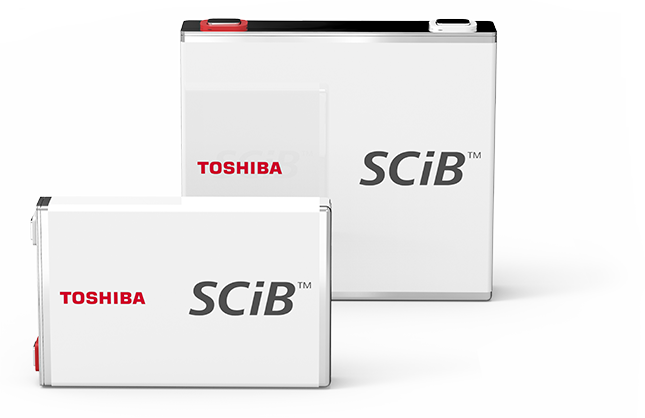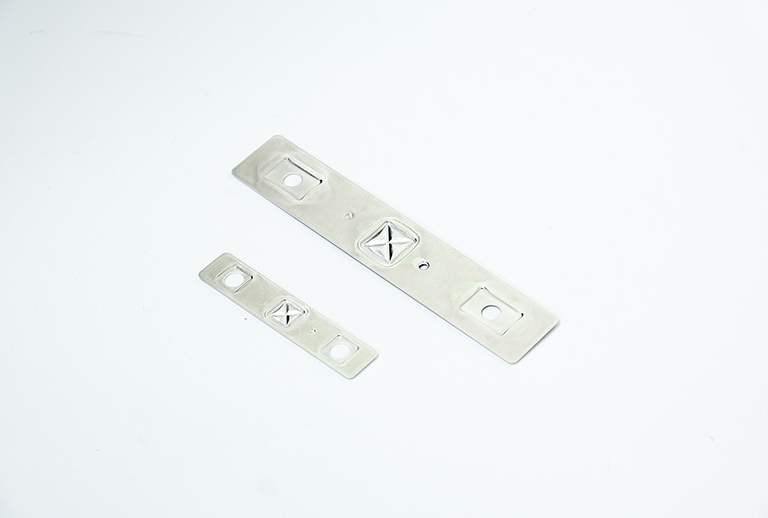Metal Pressing
In 1964, the company started with metal stamping for fluorescent lamp caps, and using its deep drawing technology, expanded to manufacturing lithium-ion secondary battery cans for mobile phones, and continues to respond to larger cans for use in automobiles, etc. We are responding to the needs of our customers. Furthermore, in addition to cans, we also manufacture secondary battery lids and battery component parts.
Forming square battery cans using deep drawing technology
Lithium-ion secondary batteries contain an electrolyte sealed inside, so they require high strength and airtightness.
Additionally, due to improvements in battery performance (capacity and output), batteries are becoming larger. In order to meet these needs, we use a technology called deep drawing to manufacture rectangular cans for secondary batteries from a single aluminum plate through multiple drawing processes using a press machine. These battery cans have a track record of being used in large-scale automotive secondary batteries.
Additionally, our battery cans have been used in Toshiba Corporation's secondary battery "SCiB™" and have received high praise.

- ⇒Toshiba SCiB™ page (a separate window will open.)
URL: https://www.global.toshiba/jp/products-solutions/battery/scib.html
∗Image diagram of thickness: width in aspect ratio

This page shows the ratio of the width and height to the thickness of the can. Obtaining a large volume increases the amount of electrodes that can be stored inside, which leads to an increase in battery capacity, but since it is also necessary to consider the space in which the battery is mounted, there is a need for rectangular cans, and high aspect ratio Our technology and know-how is put into molding cans with a high ratio and height.
In addition, our company utilizes the deep drawing technology cultivated through the production of battery cans to process SUS materials by inserting side holes in the same process as drawing. By performing this in one process, we have created advantages in terms of cost and quality.
Molding technology for gas exhaust valves

We also manufacture the lids used for lithium-ion secondary batteries using a progressive die. This lid is equipped with a gas exhaust valve function that opens when the internal pressure increases after the battery is assembled.
At our company, we achieve accurate functionality by molding this gas exhaust valve in 0.01mm increments using a coining process∗1 using a mold. We also hold three patents∗2 related to gas exhaust valves.
- ∗1 Coining:
- A processing method in which a metal plate is pressed from above and below with a mold to form a specified shape.
- The origin of the word is the processing of "coins."
- ∗2 Patent registration number
- 6868221
- 6088566
- 5059033
Emboss molding technology/high precision hole molding technology
We incorporate various processing methods such as embossing∗1 and high-precision hole forming using progressive molds. We have a lot of know-how necessary for such processing.

∗1 Emboss molding: A process in which a mold is used to create irregularities on an object.



